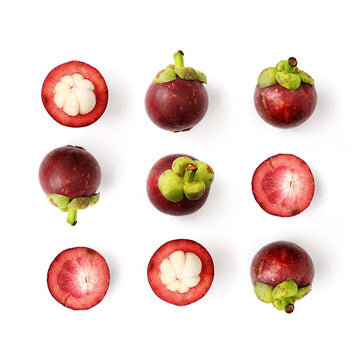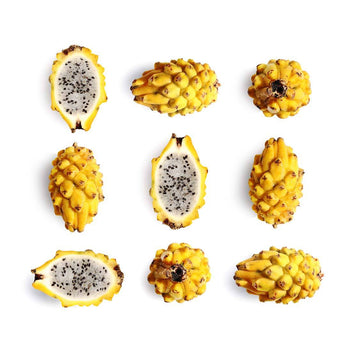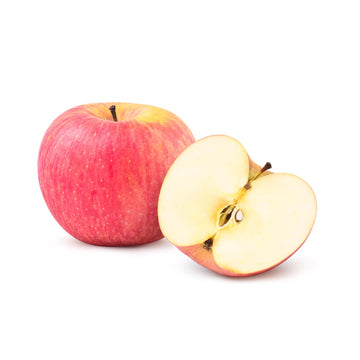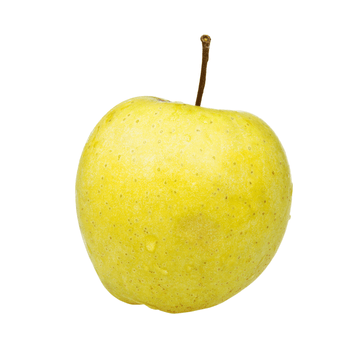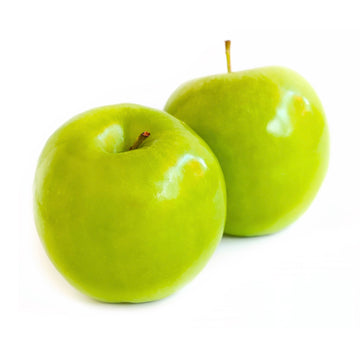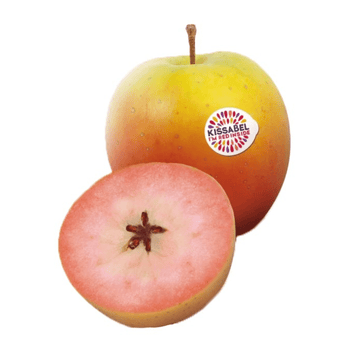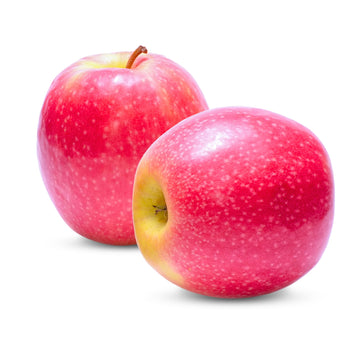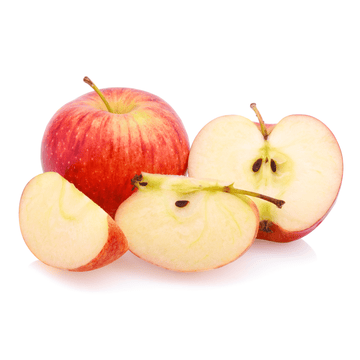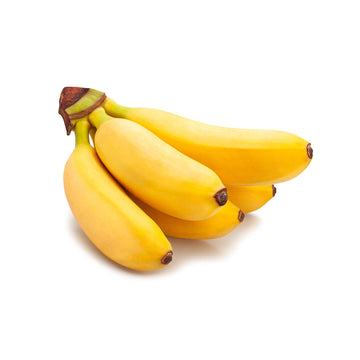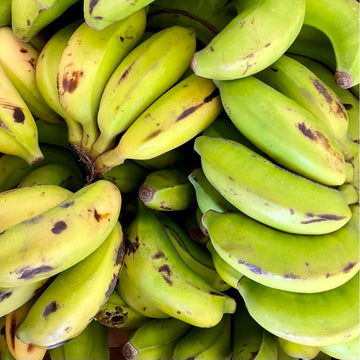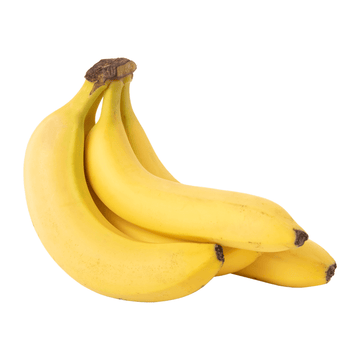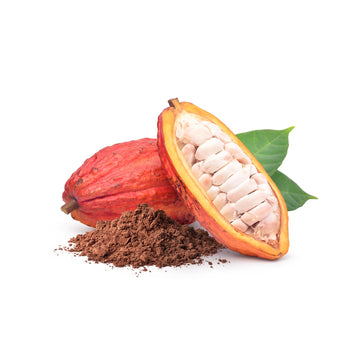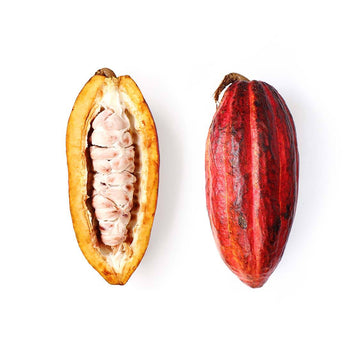Which Fruits Are Highest and Lowest in Carbohydrates?
Carbohydrates are one of the three primary macronutrients, alongside proteins and fats, and they play a critical role in fuelling the human body. Found in a wide variety of foods, including fruits, vegetables, grains, and dairy, carbohydrates are the body’s preferred source of energy.
This blog post explores the role of carbohydrates, their types, and why certain individuals might need to adjust their intake. We’ll also dive into the carbohydrate content of exotic fruits, highlighting five high-carb and five low-carb options, including their origins, flavours, textures, and nutritional profiles.
By the end, you’ll have a clear understanding of how these fruits fit into a balanced diet and who might benefit from including or limiting them.
What Are Carbohydrates and What Do They Do?
Carbohydrates are organic molecules made up of carbon, hydrogen, and oxygen. They are broken down by the body into glucose, a simple sugar that serves as the primary energy source for cells, tissues, and organs. Glucose fuels everything from brain function to muscle activity, making carbohydrates essential for daily life. The body stores excess glucose as glycogen in the liver and muscles for later use, and any additional surplus is converted to fat.
Carbohydrates are particularly important for individuals with high energy demands, such as athletes, as they provide quick and efficient fuel for physical activity. They also support metabolic processes, aid in digestion (via fibre), and help regulate blood sugar and cholesterol levels.
However, not all carbohydrates are created equal, and their quality and quantity can significantly impact health.
Types of Carbohydrates and Their Sources
Carbohydrates are classified into three main types: sugars, starches, and fibre. Each type has distinct characteristics, sources, and functions in the body.
-
Sugars: These are simple carbohydrates, including monosaccharides (glucose, fructose) and disaccharides (sucrose, lactose). They are quickly digested, providing rapid energy. Sugars occur naturally in fruits (fructose), milk (lactose), and some vegetables, but they are also added to processed foods like fizzy drinks, sweets, and desserts. While natural sugars come with nutrients like vitamins and fibre, added sugars offer little nutritional value and can contribute to weight gain and chronic diseases when consumed in excess.
-
Starches: These are complex carbohydrates made up of many glucose units linked together. Starches are found in grains (rice, wheat, oats), starchy vegetables (potatoes, corn), and legumes (beans, lentils). They take longer to digest than sugars, providing sustained energy. Whole, unprocessed sources of starch, like brown rice and quinoa, are nutrient-dense, while refined starches, like white bread, lack fibre and micronutrients.
-
Fibre: A complex carbohydrate, fibre is indigestible by the human body. It’s found in plant-based foods like fruits, vegetables, whole grains, nuts, and seeds. Fibre comes in two forms: soluble (dissolves in water, helps lower cholesterol and blood sugar) and insoluble (aids digestion and prevents constipation). Fibre promotes satiety, supports gut health, and reduces the risk of heart disease and diabetes. Unlike sugars and starches, fibre doesn’t raise blood sugar levels.
The quality of carbohydrates matters. Whole, minimally processed sources like fruits, vegetables, and whole grains provide fibre, vitamins, and minerals, while refined carbs (white flour, sugary drinks) can lead to blood sugar spikes and health issues if over-consumed.
Who Might Want or Need to Adjust Carbohydrate Intake?
Reasons to Reduce Carbohydrate Intake
Certain individuals may benefit from reducing carbohydrate intake, particularly simple sugars and refined starches, for the following reasons:
-
Diabetes Management: People with type 2 diabetes need to monitor carbohydrate intake to manage blood sugar levels. Simple carbs cause rapid glucose spikes, which can be challenging to control. Carb counting and choosing low-glycemic-index foods (e.g., whole fruits over juices) are common strategies.
-
Weight Loss: Low-carb diets, such as keto or paleo, can promote weight loss by reducing appetite and encouraging the body to burn fat for energy. However, long-term adherence can be challenging, and these diets may limit nutrient-rich foods like fruits.
-
Heart Health: Some research suggests that low-carb diets can improve HDL (“good”) cholesterol levels, though results vary. Reducing added sugars and refined carbs can also lower triglyceride levels, a risk factor for heart disease.
-
Digestive Disorders: Individuals with conditions like irritable bowel syndrome (IBS) may need to limit certain high-fibre carbs to manage symptoms, though this should be done under medical guidance.
Reasons to Increase Carbohydrate Intake
Others may need to increase carbohydrate intake to support their health or lifestyle:
-
Athletes and Active Individuals: Carbohydrates are the primary fuel for high-intensity exercise. Athletes, especially those engaging in endurance sports, require ample carbs to replenish glycogen stores and sustain performance.
-
Underweight or Malnutrition: People with conditions causing unhealthy weight loss (e.g., cancer, hyperthyroidism) may need high-carb, calorie-dense foods to regain weight and maintain energy.
-
Pregnancy and Breastfeeding: Pregnant and breastfeeding women have increased energy needs, and carbohydrates provide a readily available source of fuel for both mother and baby.
-
General Health: For most people, carbohydrates should make up 45–65% of daily calories (225–325 grams on a 2,000-calorie diet) to support brain function, physical activity, and overall vitality.
The Recommended Dietary Allowance (RDA) for carbohydrates is 130 grams per day for both men and women, the minimum needed for brain function. However, total intake varies based on age, activity level, and health goals. Men typically need 2,200–3,000 calories daily, and women need 1,800–2,200, with carbs comprising 45–65% of those calories.
High-Carb Exotic Fruits
Exotic fruits can be a delicious way to incorporate carbohydrates into your diet, especially for those needing quick energy or nutrient-dense snacks. Below are five high-carb exotic fruits, including their origins, flavours, textures, carbohydrate content, and percentage of the RDA for men and women.
-
Durian
-
Carbohydrate Content: Approx 30g per 100g (23% of RDA)
-
Origin: Native to Southeast Asia, particularly Malaysia, Indonesia, and Thailand.
-
Flavour and Texture: Known as the “king of fruits,” durian has a creamy, custard-like texture and a polarising flavour that combines sweet, savoury, and slightly onion-like notes. Its aroma is famously pungent.
-
Interesting Points: Durian is rich in fibre, potassium, and B vitamins. Its high carb content makes it an excellent energy source, but its strong smell has led to bans in some public spaces, like hotels and public transport in Singapore.
-
Jackfruit
-
Carbohydrate Content: Approx 23g per 100g (18% of RDA)
-
Origin: Originating in South and Southeast Asia, particularly India and Malaysia.
-
Flavour and Texture: Ripe jackfruit is sweet and juicy, with a flavour reminiscent of pineapple, mango, and banana. The flesh is fibrous and slightly chewy.
-
Interesting Points: Jackfruit is a versatile fruit, used unripe as a meat substitute in vegan dishes due to its texture. It’s high in fibre and antioxidants, supporting digestive health.
-
Mangosteen
-
Carbohydrate Content: Around 18g per 100g (14% of RDA)
-
Origin: Native to Southeast Asia, including Malaysia, Thailand, and the Philippines.
-
Flavour and Texture: Mangosteen has a sweet-tart flavour, often compared to a blend of peach, strawberry, and citrus. The juicy, white flesh is soft and delicate.
-
Interesting Points: Mangosteen is prized for its antioxidant content, particularly xanthones, which may have anti-inflammatory properties. Its thick, purple rind is inedible but used in traditional medicine.
-
Rambutan
-
Carbohydrate Content: Approx 20g per 100g (15% of RDA)
-
Origin: Native to Southeast Asia, particularly Malaysia and Indonesia.
-
Flavour and Texture: Rambutan’s sweet, juicy flesh tastes similar to lychee, with a mild floral note. The texture is soft and slightly chewy, encased in a hairy, red skin.
-
Interesting Points: Rambutan is a good source of vitamin C and iron. Its name comes from the Malay word for “hair,” referring to its spiky exterior.
-
Longan
-
Carbohydrate Content: About 15g per 100g (12% of RDA)
-
Origin: Native to southern China, also grown in Southeast Asia and India.
-
Flavour and Texture: Longan has a sweet, musky flavour similar to lychee but milder. The translucent flesh is juicy and tender, with a single pit.
-
Interesting Points: Longan is used in traditional Chinese medicine to promote relaxation. It’s rich in vitamin C and antioxidants, supporting immune health.
Low-Carb Exotic Fruits
For those monitoring carbohydrate intake, low-carb exotic fruits offer flavor and nutrition without significantly impacting blood sugar. Here are five low-carb options.
-
Starfruit (Carambola)
-
Carbohydrate Content: About 6g per 100g (5% of RDA)
-
Origin: Native to Southeast Asia, particularly Sri Lanka, India, and Indonesia.
-
Flavour and Texture: Starfruit has a crisp, juicy texture and a sweet-tart flavour, blending notes of apple, grape, and citrus. When sliced, it forms star-shaped pieces.
-
Interesting Points: Starfruit is high in vitamin C and antioxidants but should be avoided by individuals with kidney issues due to its oxalic acid content.
-
Dragon Fruit (Pitahaya)
-
Carbohydrate Content: Approximately 9g per 100g (7% of RDA)
-
Origin: Native to Central and South America, now widely grown in Southeast Asia and Australia.
-
Flavour and Texture: Dragon fruit has a mild, subtly sweet flavour, often compared to kiwi or pear. The flesh is soft and speckled with tiny, edible seeds.
-
Interesting Points: Dragon fruit is low in calories and high in fibre, making it a filling snack. Its vibrant pink or yellow skin is inedible.
-
Physalis (Cape Gooseberry)
-
Carbohydrate Content: Around 11g per 100g (8% of RDA)
-
Origin: Native to South America, particularly Peru and Colombia.
-
Flavour and Texture: Physalis has a sweet-tart flavour, like a mix of pineapple and tomato. The small, orange berries are encased in a papery husk and have a juicy, slightly crunchy texture.
-
Interesting Points: Physalis is rich in vitamins A and C and antioxidants. Its husk makes it a convenient, portable snack.
-
Guava
-
Carbohydrate Content: About 8g per 100g (6% of RDA)
-
Origin: Native to Central and South America, also grown in tropical regions like India and Thailand.
-
Flavour and Texture: Guava has a sweet, floral flavour with a grainy, pear-like texture. The skin and seeds are edible, adding crunch.
-
Interesting Points: Guava is exceptionally high in vitamin C, surpassing oranges, and its seeds are a good source of fibre.
-
Passion Fruit
-
Carbohydrate Content: Approximately 10g per 100g (8% of RDA)
-
Origin: Native to South America, particularly Brazil and Paraguay.
-
Flavour and Texture: Passion fruit has a tart, tangy flavour with a juicy, seed-filled centre. The seeds are crunchy, and the outer rind is inedible.
-
Interesting Points: Passion fruit is rich in vitamins A and C and antioxidants. It’s often used in juices, desserts, and smoothies for its bold flavor.
Conclusion
Carbohydrates are a vital part of a balanced diet, providing energy and supporting various bodily functions. Understanding the differences between sugars, starches, and fibre allows you to make informed dietary choices, whether you’re aiming to increase carbs for athletic performance or reduce them for blood sugar control or weight management. Exotic fruits offer a delightful way to incorporate carbs into your diet, with high-carb options like durian and jackfruit providing quick energy and low-carb choices like starfruit and dragon fruit offering nutrient-dense alternatives for those monitoring intake.
When choosing exotic fruits, consider your health goals and dietary needs. High-carb fruits are excellent for active individuals or those needing to boost calorie intake, while low-carb fruits suit those managing diabetes or following low-carb diets. Regardless of carb content, these fruits are packed with vitamins, minerals, and antioxidants, making them a valuable addition to any diet. Experiment with these exotic flavours to add variety and nutrition to your meals, and consult a healthcare professional if you’re making significant dietary changes. Enjoy the vibrant world of exotic fruits and their unique contributions to your health!


